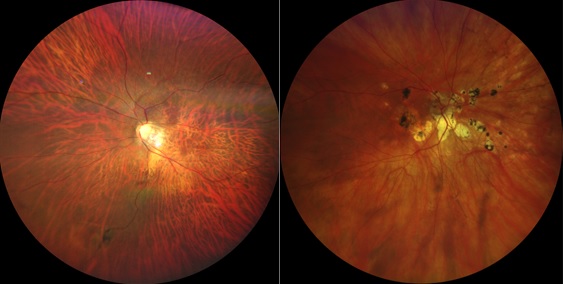Myopia, commonly referred to as near-sightedness, is an eye condition where the length of the eye is too long for its optical power. In many countries, prevalence of myopia is reaching 80-90% and it has been projected that 50% of the population world-wide will be myopic by 2050.
There are many factors that contribute to myopia; genetics and environmental factors such as intensive nearwork, lack of time spent outdoors all play an important role. Having parents who are myopic, spending more hours on near tasks and less time outdoors are risk factors of myopia.
While myopia can be corrected with optical lenses and there are now effective methods in slowing down the progression of myopia with the use of low dose atropine, bifocal/progressive lenses, and orthokeratology, myopia is associated with many other sight-threatening eye conditions that are more complex to treat. When an individual is myopic, the risk of developing conditions such as cataract, glaucoma, and retinal detachment is greater. Other retinal conditions associated with myopia include myopic retinoschisis, myopic macular degeneration, peripheral retinal tears, myopic choroidal neovascularization, dome-shaped macula, punctate inner choroidopathy and myopic macular hole. Myopia is therefore recognized by the World Health Organization as a very important public health issue due to its increasing global prevalence and sight-threatening sequalae.
At City Eye Centre, we perform ultra-wide field fundus photography, high-resolution, optical coherence tomography, and ultra-wide field optical coherence tomography angiography on individuals with myopia. The advanced technology and expertise of our retinal surgeons allow improved detection and clinical management of potential sight-threatening complications of myopia.


